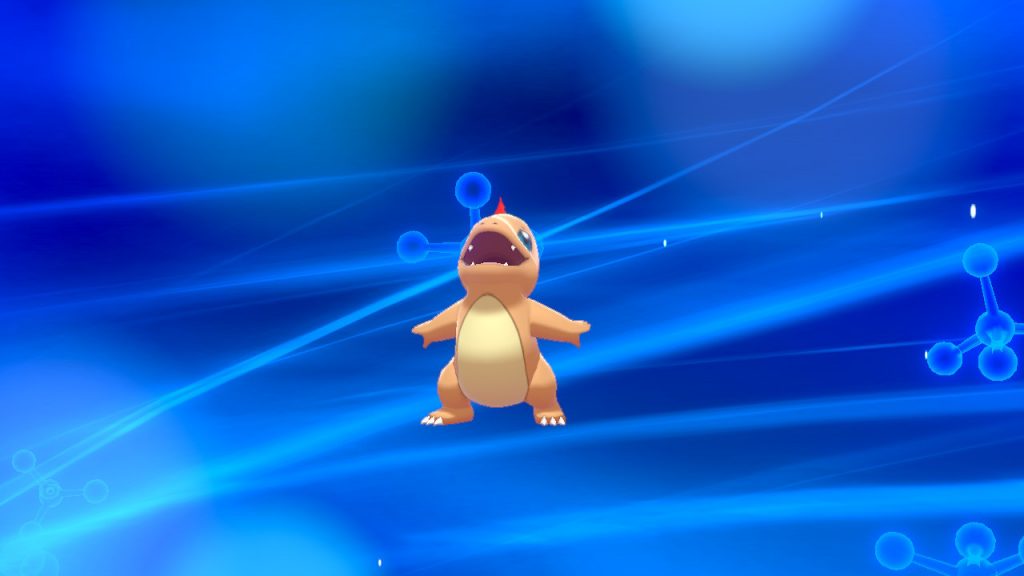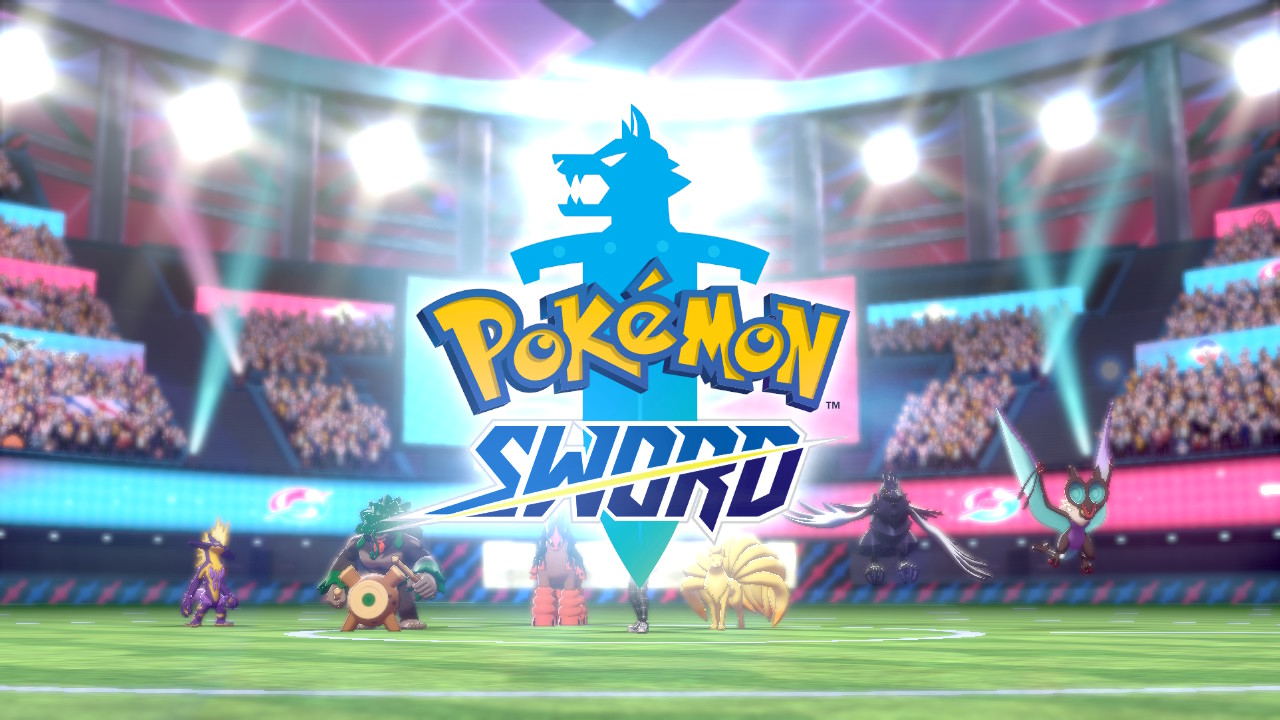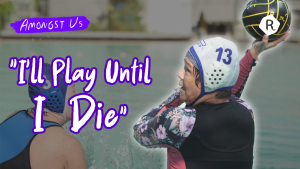I’m not this global phenomenon’s only fanatic. Pokemon is the largest, highest grossing media franchise in the world, with a total revenue of over $95 billion USD. In comparison, the MCU is in tenth place with a paltry $34 billion USD.
We’ve been overwhelmed and burned out from media consumption after a decade of blockbuster events. Yet, with Pokemon Sword and Shield (SWSH) released last weekend, there were queues all over the island that would put Hello Kitty to shame.
And its opening weekend performance cements its place in the pantheon of 2019’s biggest games.
So how does Pokemon still hold up even after 22 years and 8 generations of core games? How does an ever expanding media empire remain innovative and relevant without becoming too bloated?
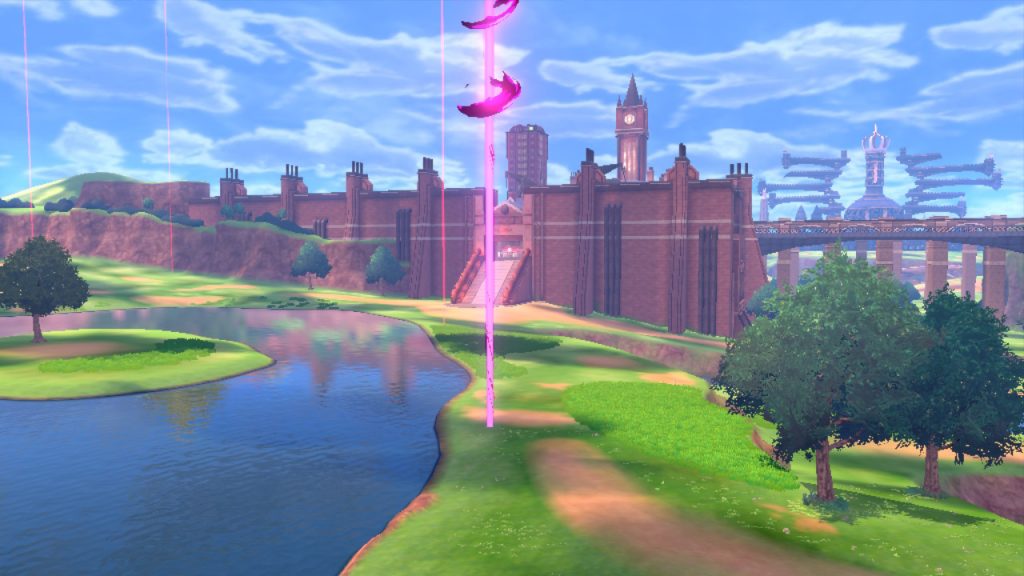
At its heart, Pokemon is a monster collection, turn-based role-playing digital game where your fantasy pets fight to the death exhaustion, although a colleague of mine insists on calling it a ‘slavery simulator’. Your aim is to clinch the title of the region’s Champion; to be the best there ever was.
The stage for Pokemon SWSH is Galar, a continent loosely based off the United Kingdom. And my neighbour-cum-rival is Hop, a spry adolescent who idolises his brother Leon, the current Galar Champion. And Leon will be giving us our own starter Pokemon to kickstart our Pokemon journey.

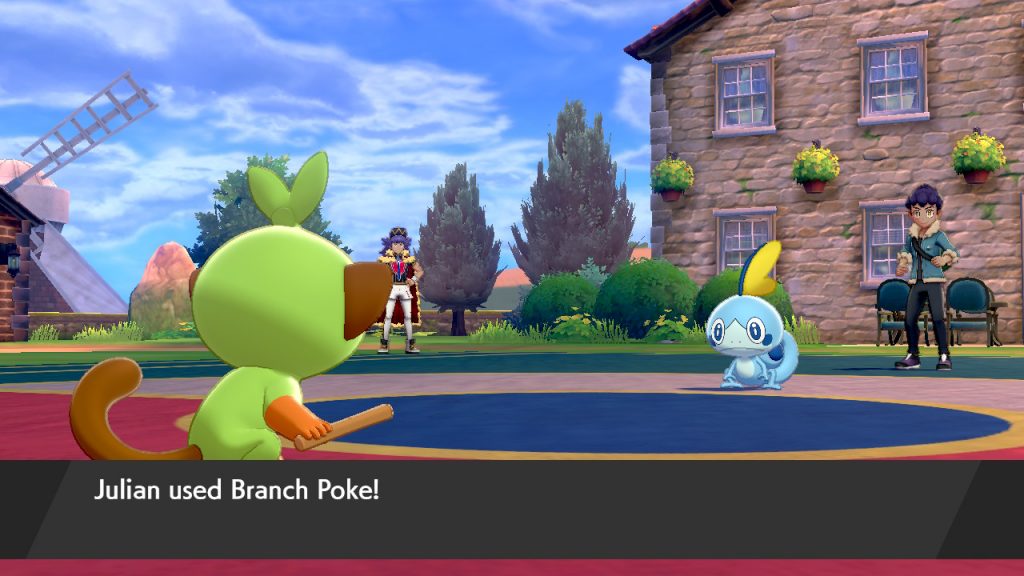
Firstly, there’s the mechanic of Dynamaxing. Your Pokemon become BIG for 3 turns, and their moves become more powerful with added effects.
These are the most apparent in the gym battles, a Pokemon staple. Gain 8 badges from 8 gyms and you’ll have earned the right to the Pokemon League—or in Galar’s case, the Champion Cup.
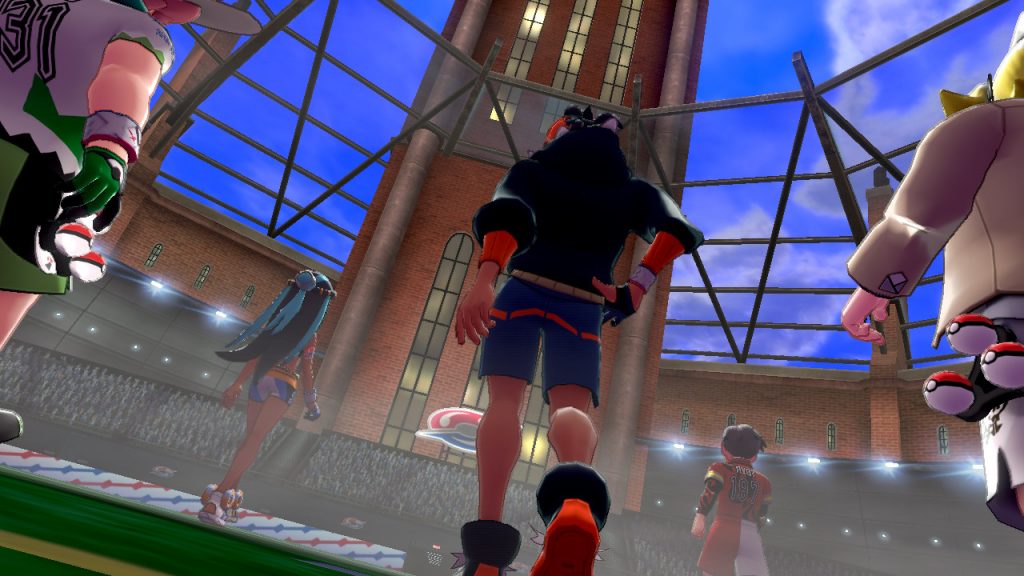
With huge Pokemon filling up the screen, and an audience to cheer you on, SWSH emulates the sheer spectacle of sports, giving you that adrenaline rush of being on the field.
It’s really Pokemon distilled to its basics. Due to the game’s kid-friendly nature, Pokemon aren’t “killed” or “wounded”, they simply “faint”, and the games have a friendly-competitive vibe to it—like actual sports.
I’m honestly surprised it’s taken them so long to come up with this angle.
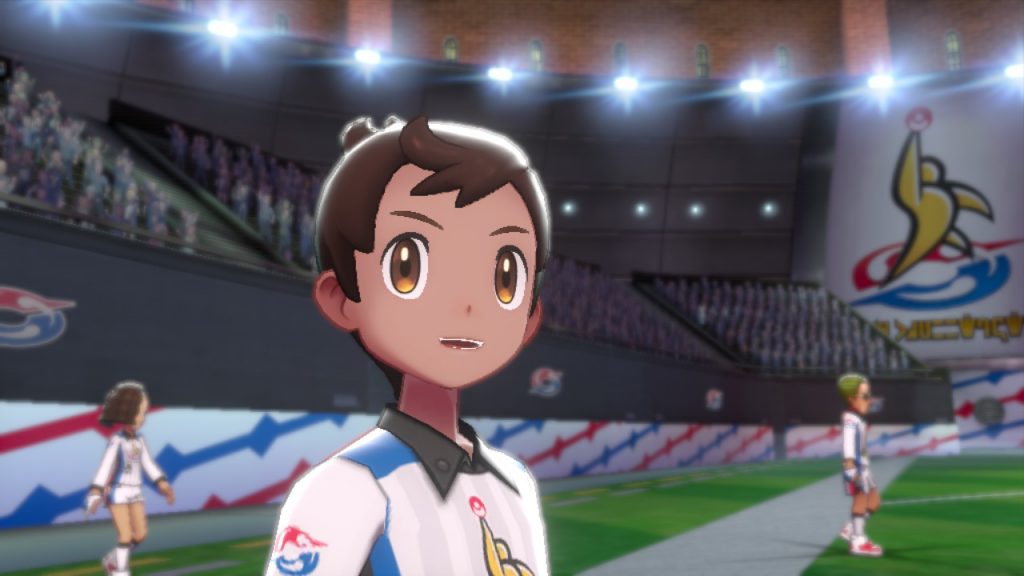
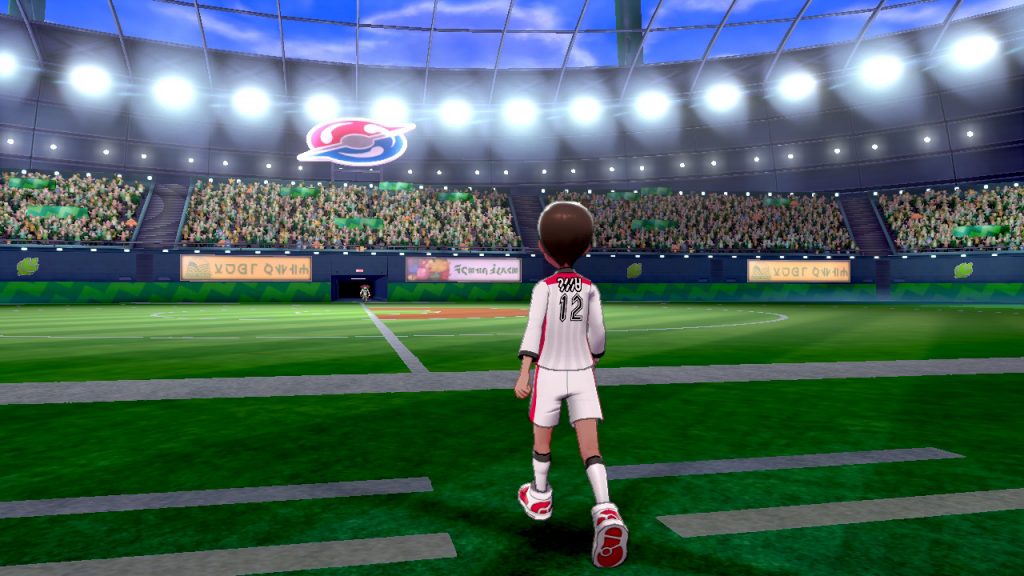
Of course, you could brute force your way through being a veteran of Pokemon’s 4-dimensional rock-paper-scissors type matchups, but sometimes you’re not so lucky.
Case in point: I was on my third gym, helmed by Fire type maverick Kabu. Given my lack of any Pokemon strong against Fire besides my ground-horse PJ, it was going to be an uphill battle.
My strategy was to Dynamax PJ at the end in the climactic 1v1, with the rest of my Pokemon to handle Kabu’s first 2 Pokemon. However, I found myself in a pickle from the opening moves.
Kabu’s Pokemon used “Will-O-Wisp”, a move which gives a “Burn” status. While this cuts down 1/16th of your Pokemon’s max health each turn, it even more damningly halves my Pokemon’s Attack stat. My Pokemon couldn’t hit hard enough, and if I was forced to bring PJ in early it was game over.
But I had Sophie, bless her heart, a fire fox with an ability that negated incoming Fire-typed attacks, and had a move called “Disable” which could disable Kabu’s non Fire-typed moves. I could slowly but surely render him ineffective against Sophie.
You can guess how the rest of the match unfolded.
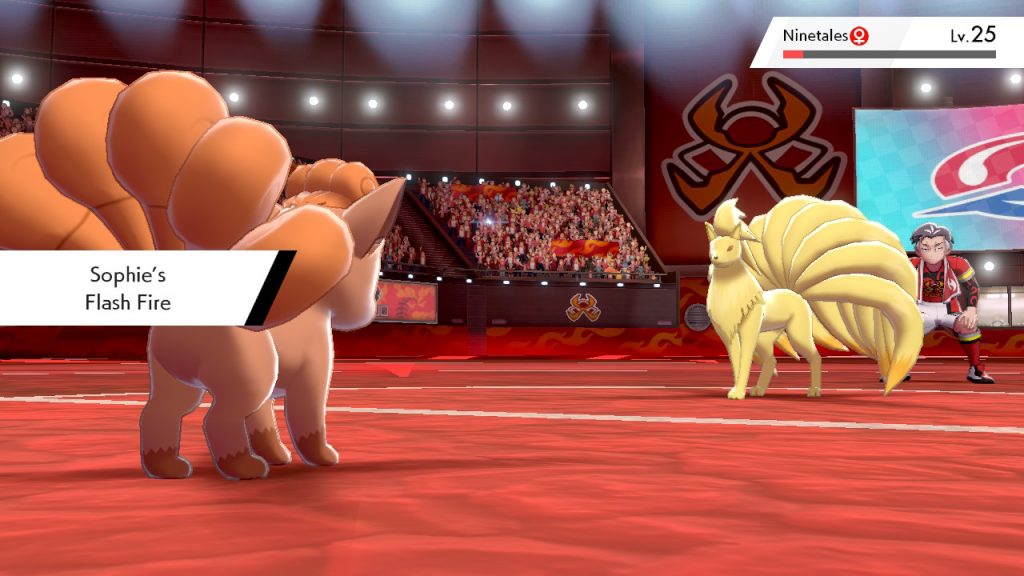
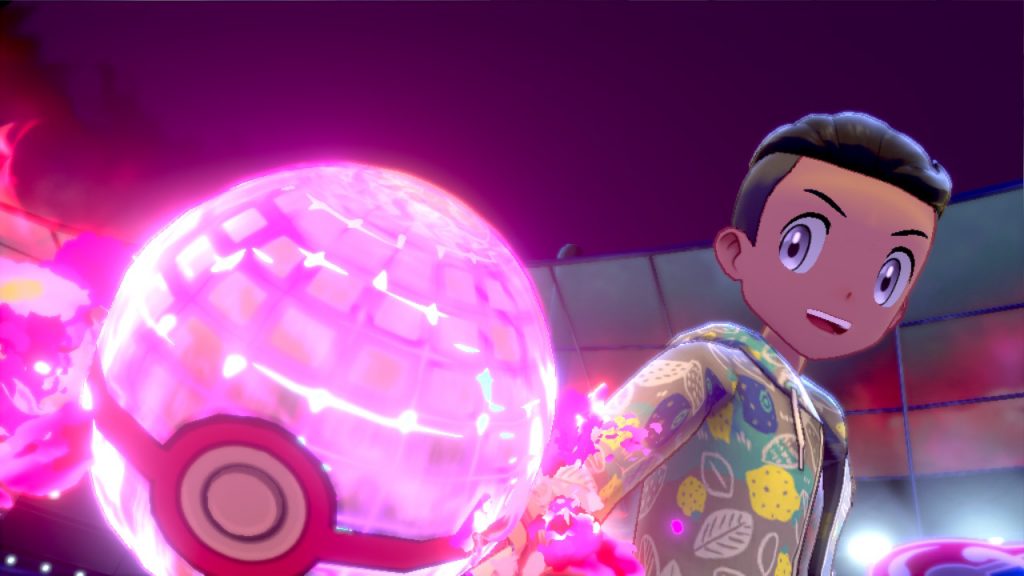
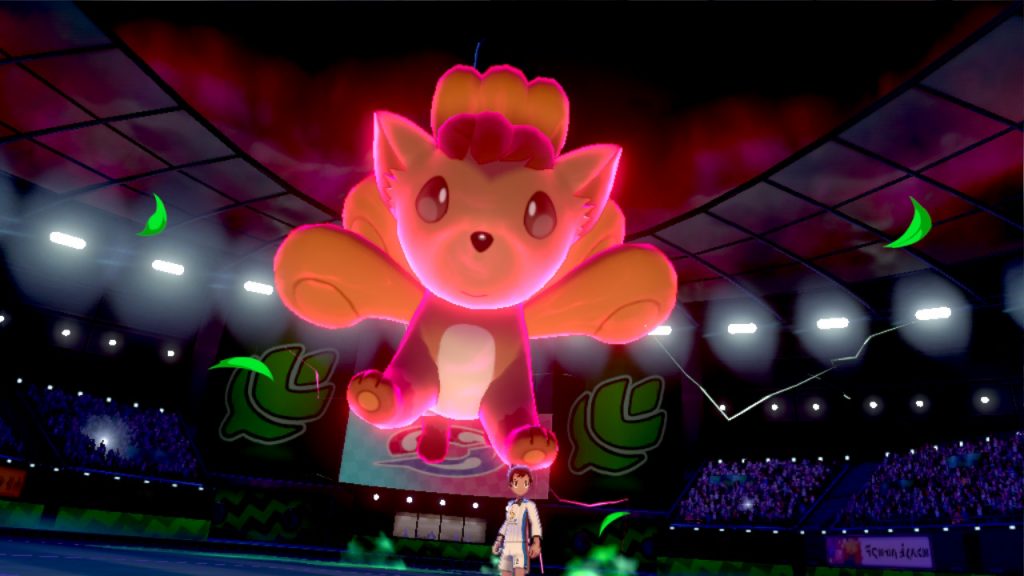
To top it off were the little cinematic touches. The low camera angles when faced with a Dynamaxed opponent to convey an “us-against-the-world” feel. The crescendo of the kick drum into a drop as the Gym Leader unleashes their final Pokemon; the crowd chanting and singing along. The sheer absurd joy of watching your beloved Dynamaxed Pokemon, larger than life and standing behind you.

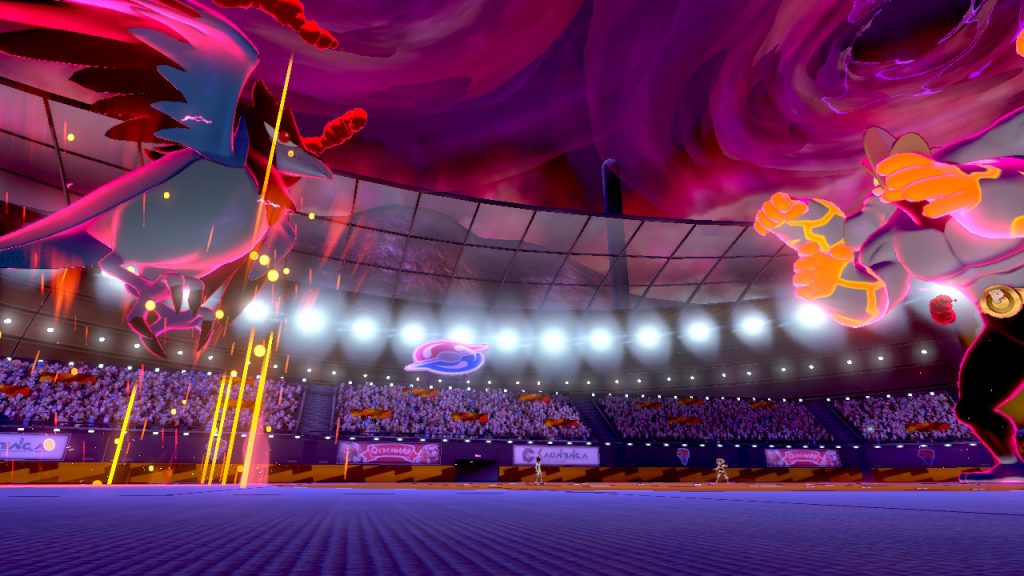
Pokemon has always been a mostly linear game, but now trainers have a vast expanse to explore, with different habitats and weathers—mostly rainy, just like good ol’ London—all accessible even before your first gym.
It’s also where you can engage in Max Raids—similar to raids in Pokemon Go, and like any other boss battle in an RPG—to face off against Dynamaxed wild Pokemon with your friends.
But to truly appreciate the Wild Area, we have to talk about other smaller changes to the game.
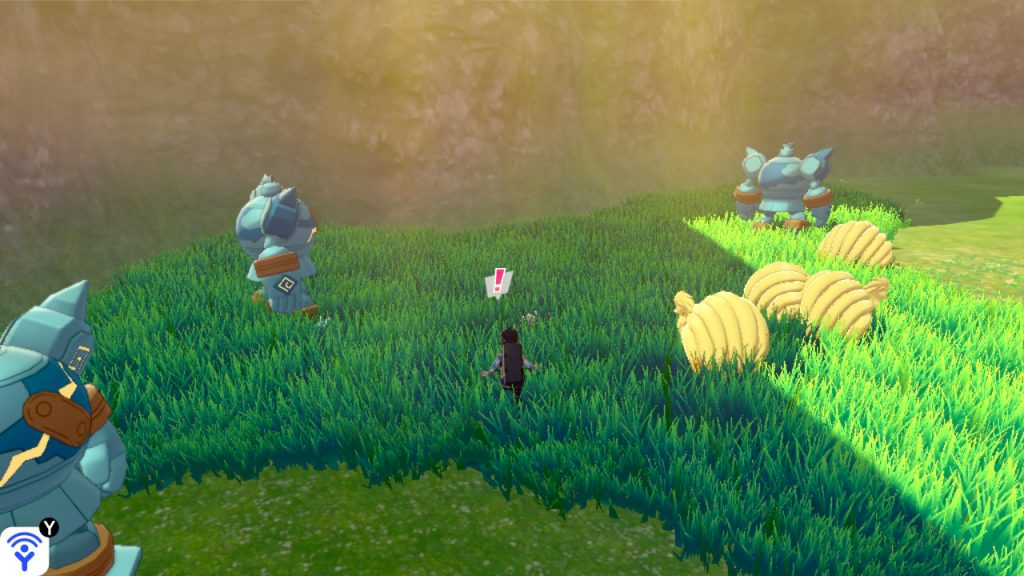
But its most monumental change was imported from the 2018 Pokemon: Let’s Go, Pikachu/Eevee! games to include Pokemon in the overworld.
Before this, wild Pokemon were random encounters found in tall grass, and you never quite knew which Pokemon you might be facing. Now, this change has not only minimised these frustrating rolls of the dice, but makes the world of Pokemon one that feels lived in and intimate.
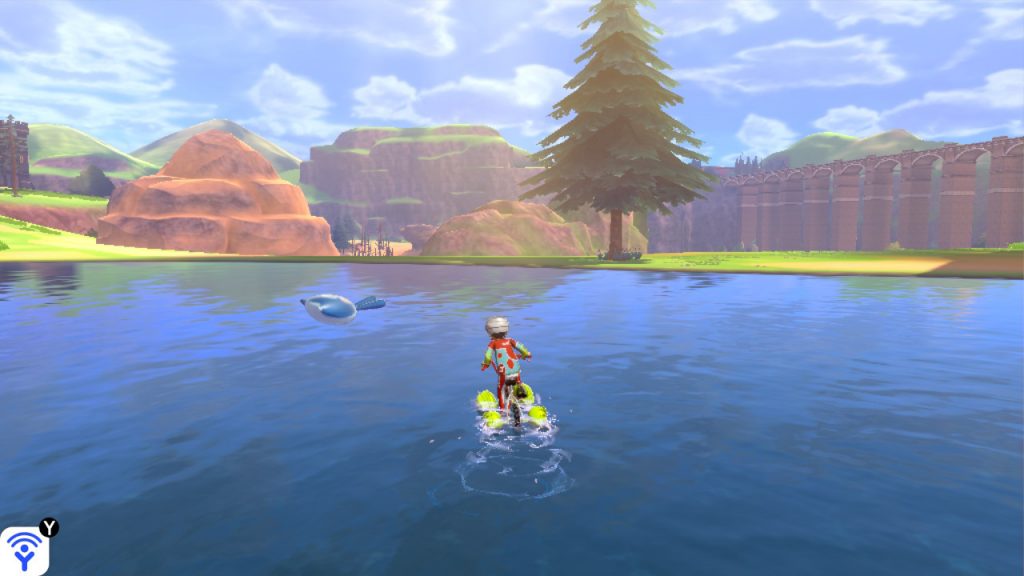
Imagine just minding your own business, and then a gigantic Steelix comes into view, warily eyeing you. Large Corviknights and Braviaries skulk the skies, and if you get too close, they’ll swoop in and chase you down.
More so than any other preceding Pokemon game, SWSH colours in the wondrous imaginations of a child when these games were but clunky pixels on a Gameboy.
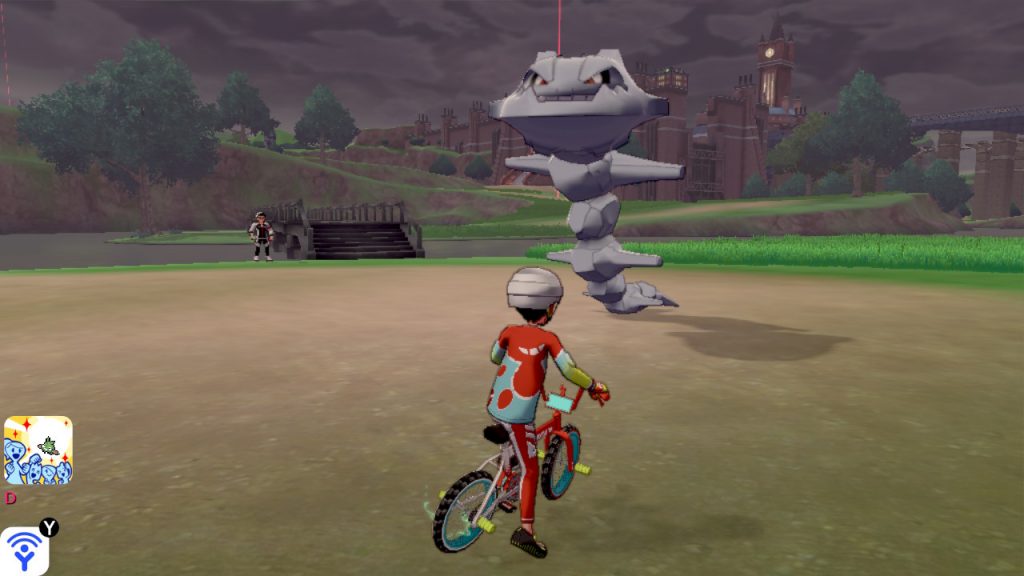
Pokemon fundamentally caters to children, with new blood forming the core base of each successive generation. But like suckers, diehard adult fans will always come back for more.
This wide audience and the question of who Pokemon is for makes discussing the series so tricky—and ironically why the franchise is so successful. With over 890 unique Pokemon as of SWSH, Pokemon has managed a delicate balancing act to cater to everyone involved.
But as content creep sets in and the franchise becomes more bloated, compromises have to be made.
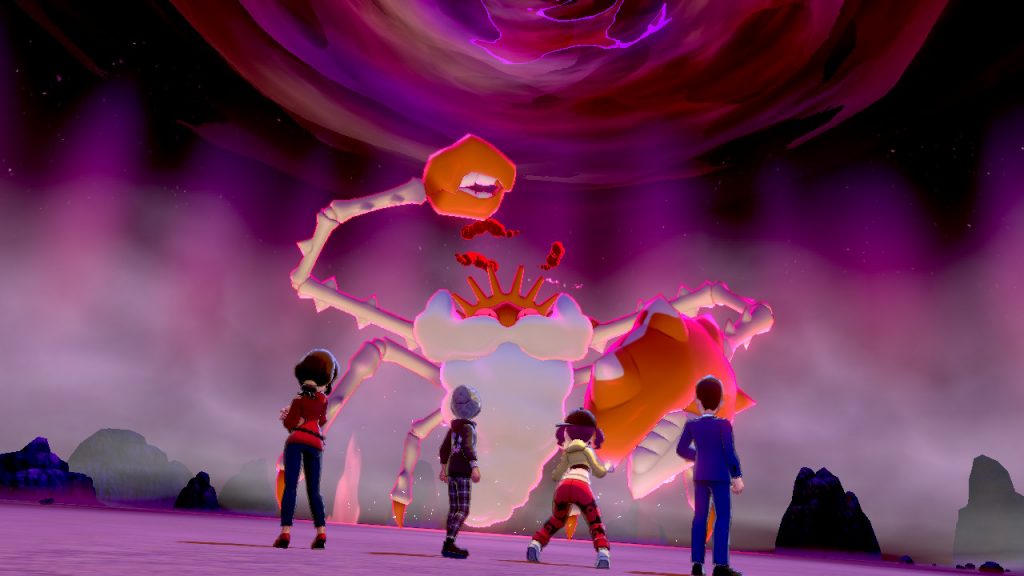
It’s the completionist’s philosophy in a collection game. And as such, each generation has had a “National Dex” to include all the Pokemon from each preceding generation.
But in SWSH, there are only 400 Pokemon. Over half of all Pokemon are no longer available in the game.
This blasphemous Thanos snap was touted Dexit, and YouTube was plastered with boycotts from enraged fans.
When developers Game Freak defended their decision by citing Pokemon’s demanding transition from handheld to console, and that they’ve decided to focus on quality (of gameplay and animations) over quantity (number of Pokemon). Especially with the possibility of meeting most Pokemon in the overworld, I can understand why they’d prefer to juggle 400 instead of 900 ‘mons.

We gave up 500 Pokemon for this?
The usual excuse that this being a children’s game simply can’t be hand waved away given Pokemon’s shift to console. Sure, the game has never been known for stellar graphics or compelling writing, but Pokemon has to match up with the games of today.
It suffices to say that most of the vitriol comes not just from Pokemon veterans, but gaming veterans as a whole. And while bad faith takes abound, there are just as many loving critics pained at how SWSH didn’t live up to its potential, being the first Pokemon game on consoles.
But while some animation is clunky—moves like Double Kick literally has the Pokemon “jumping” statically—a lot of it has been done with love and care. Take my Julian Rillaboom’s signature move, Drum Beating, a beautiful display of music and nature’s prowess.
And not to mention the various interactions you can have while camping with your Pokemon, or the way wild Yampers (an electric corgi!!) bound over to you curiously, as though just wanting a hug.
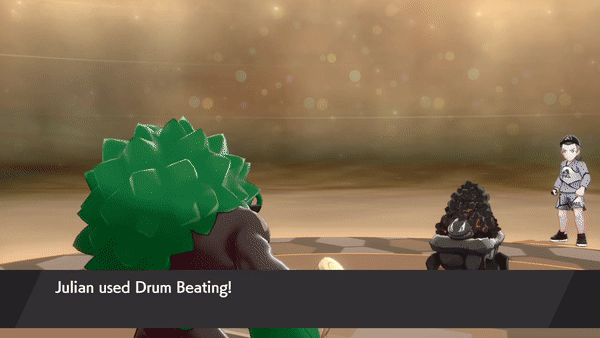
And lean into nostalgia they do. Pokemon from Generation 1 feature heavily to appease the Genwunners who have stuck with the series since the beginning.
They represent 50/400 (which looks proportionate until you realise that Gen 8 introduced 81 new Pokemon) of the Pokedex, as well as 6/13 of the Galarian variations (same Pokemon but different, like two breeds of the same animal), and 10/26 of Gigantamax forms (Dynamax but better).
Even Dynamax itself is cobbled from two previously, now defunct mechanics—Mega Evolutions from Gen 6 and Z-Moves from Gen 7.
Some (like me) might have gobbled up the fanservice, but others aren’t having it.
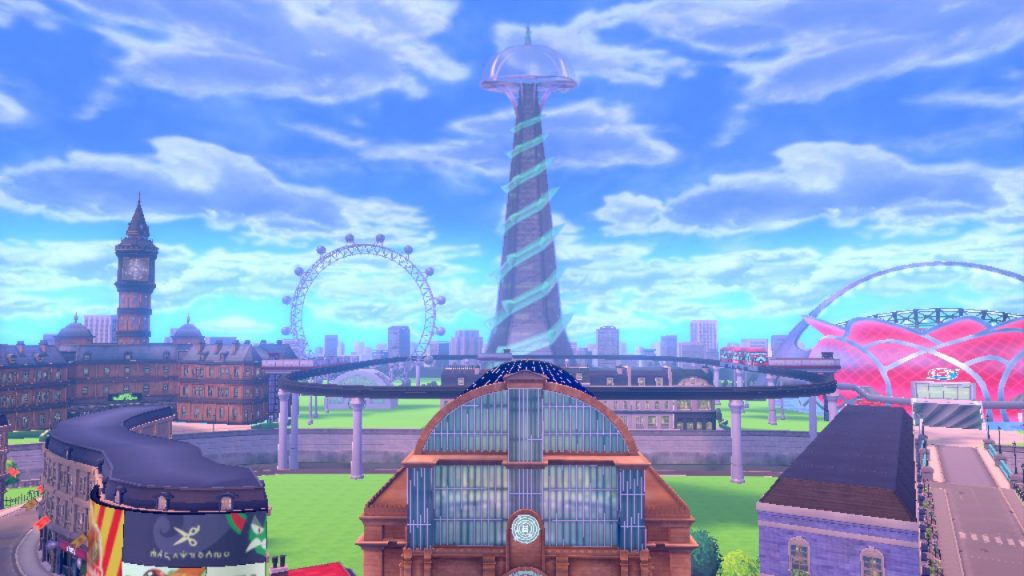
There’s the children, an infinitely complex competitive scene, casual fans, and even new players getting into the game. I played SWSH with a friend who had never touched Pokemon before, and they didn’t need the rose-tinted goggles of nostalgia to enjoy the game.
Would have the game benefitted if given an extra year of development, to iron out the glitches and add new content and polished up its visuals to deliver a stunning gaming experience in 2019?
Possibly. But as all content creators know, perfect is the enemy of good. Plus all those pre-orders have to be shipped in time to recoup those sweet, sweet profits.
That’s capitalism, baby.
Pokemon has always been a magical experience. The question is, could it have been so much more?

You see, Leon’s signature Pokemon is a Charizard—the final evolution of Charmander. And what I find waiting for me at their house, is my own Charmander, a gift from one champion to another.
I look towards my silly stuffed toy staring at me from my bed, and I think: I’m such a sucker but god, Pokemon is a good, good game.
